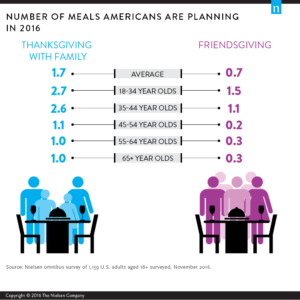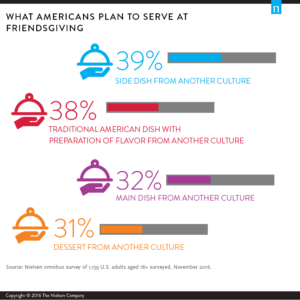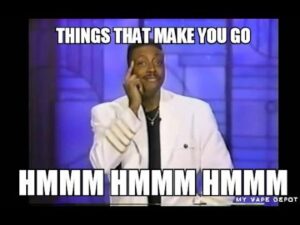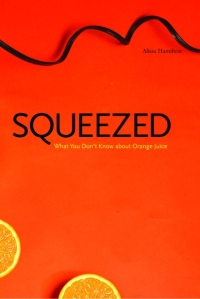
This morning as I was driving to an appointment I found myself not at all by accident listening to Lin Brehmer waxing poetic on a question posed by one of his listeners in his twice a week Lin’s Bin. If you have never lived in Chicago then 93.1 WXRT is probably foreign to you but it is well recognized as Chicago’s Finest Rock and quite definitely rivals such well known stations as KROQ in Pasadena or KGSR in Austin. And Lin Brehmer as the morning DJ is one of the key reasons people in Chicago listen to terrestrial radio when they could be pulling up a playlist or launching a podcast during their commute. More importantly, they particularly tune in to XRT at 7:15 AM or 6:15 PM on Mondays and Fridays to hear what crazy listener question Lin will tackle in his philosophical “Dude” (think Lebowski not surfer) fashion as he crafts a new Lin’s Bin. The illogical reality is, in a day and age of podcasts and digital archives, you can’t save these 3.5 minute musical mind expanding explorations that cover such topics like, “Why do people have junk drawers?” or “Which one of the five senses is best?” or “Why does listening to the Blues make us feel good?” or “For whom does the bell toll?” and finally, “Do we really want the Cubs to the win the World Series?” The answer to that question might not have been what you would have expected from a Chicago guy or it might have been exactly what you expected. Nonetheless, if you want to hear this poetic moment of Rock sodden metaphysical gymnastics you have to tune in and listen to Lin because if you don’t catch it that day, the brief episode vanishes never to be heard from again. They’re like 3.5 minute musical Snapchats.
Getting beyond that nostalgic moment, this morning, Lin’s question of the day seemed ripped right from my own recent musings as he responded to a listener puzzling over the logic her professor once shared, “If the source of real truth is in the question and not in the answer then what is the right question?” What is the right question indeed? Every epic journey starts with a question. Each revolutionary discovery and scientific breakthrough began with a question. Albert Einstein apparently once expounded, “If I had an hour to solve a problem and my life depended on the solution, I would spend the first 55 minutes determining the proper question to ask, for once I know the proper question, I could solve the problem in less than five minutes.”
Questions are the substance and life source of innovation. A good ethnographer knows that the fruits of cultural insight are only harvested from the roots and limbs of a logical tree carefully cultivated around a few well defined questions. Pilate queried, “What is truth?” Microsoft asked, “Where do you want to go today?” Orville and Wilbur Wright pondered, “How do we make a wing obtain roll control by warping to change direction and maneuver like birds do with their flight feathers?” Questions like these are similar to the brain busters my young daughters pose to me daily just out of the blue. Sincere questions of relative simplicity that can profoundly change our world if we allow ourselves to grapple with intensity and honesty.
But how do we figure out how to ask the right questions? Mostly it’s something we once knew how to do and then gave up on once we believed we had the world figured out. We carry so many assumptions that drive how we see the world around us that they completely cloud our perceptual models and judgment for how things really work and why people do what they do.
Returning to one of my favorite culture decoders, Jan Chipchase presented an enlightening perspective on how to ask questions. In an interview released last week in the new On Margins podcast where the subject was his about to be released Field Study Handbook (that I wrote a terribly enthusiastic blurb about recently), Jan discussed the premise of his last book, Hidden in Plain Sight:
“That book was about decoding culture, but that was really about how to see the world differently by asking questions that are maybe a little unusual, that you’re not used to answering. The kind of questions that you gave up answering when you turned 10 because you’d figured stuff out. You don’t, no longer saw the eye, the world through fresh eyes. For example, why don’t people write in the shower? Why do people go to the bathroom when they do, and not before or not after? What compels us to have a particular kind of behavior? These are really obvious questions, but when you delve into them, and you unpack them and you look at all the things around them and then you put them into a cultural context, you end up with this…. You end up revealing things that you never really knew when you started out.
A lot of our clients they have, I mean, literally they’re all washing data, right? They have tons of marketing data. Increasing they have data analytics, they’re live or near time data based on actual usage. That tells them a lot about what people are doing and it tells them a huge amount about how they’re doing it. But really they’re missing the, for me, the most important component, which is why people are behaving why they do. For that you need to understand context. What I do when I run these projects is I help organizations understand why. And fundamentally if you understand why, it can take you in a very, very different direction than if you only understood what or how. That’s the crux of it.”
We’re all drowning in data is how I would describe it. There is so much quantified data pouring into our depositories that we need machine learning just to begin to decipher it. But as Jan states, the vast majority of that will not answer the question Why?
All the other questions are covered:
When? Where? How? How often? With whom?
But if you want the major breakthrough then in most cases, Why? is the most important question. Why? is the right question.
There’s a great book that most of you know and probably studied at B School or because someone suggested it to you as a basis for achieving optimal outcomes in your negotiating efforts: Getting to Yes. Well, if you want to understand your customers, want to create truly differentiated products and services that produce superior margins while avoiding commoditization then my recommendation is that you spend some serious time figuring out Getting to Why.
Find some fresh eyes and go reexamine your assumptions. In any strategy or product development conversation inevitably the persona for the customer gets rolled out in the form of anecdotal or even substantially validated quantified narratives. When that happens my mind lights up into 20 question mode and if there isn’t an answer along the lines of we spent time seeing things through our customers’ eyes or through the edge case trends then it quickly turns into 50 questions. And the questions do not stop until a plan is in place to go to the source.
Now Lin, he answered the question about finding the right question with another question, the great one posed by Marvin Gaye: What’s Going On and frankly that is precisely the first step toward Getting to Why. Go ask more questions and be like a 5 year old who just can’t seem to quit asking, “But why?”












